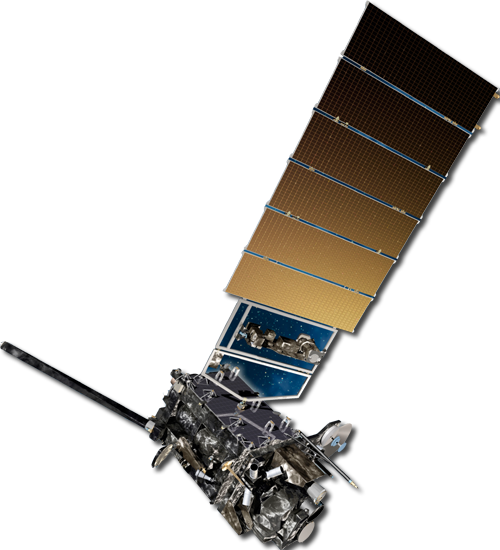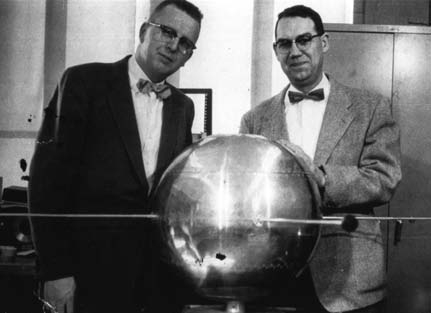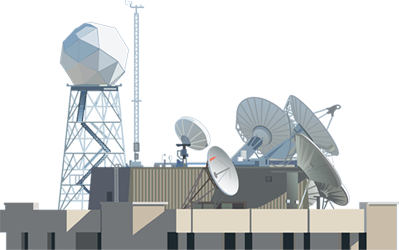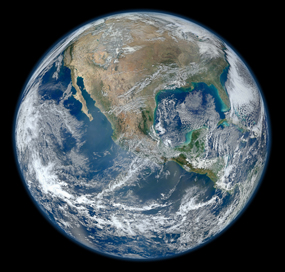The GOES-R and JPSS Satellite Era

Suomi NPP
As previously discussed, polar-orbiting satellites are important for observing and gaining insight into many aspects of Earth, including its clouds, oceans, vegetation, ice, and atmosphere. While NOAA's polar-orbiting satellites are called POES (Polar Orbiting Environmental Satellites) NASA's polar-orbiters are referred to EOS (Earth Observing Satellites). Now NOAA and NASA are teaming up to provide the next generation of polar-orbiting Earth observing satellites called JPSS (Joint Polar Satellite System) The "bridge" between POES/EOS and JPSS is the Suomi National Polar-orbiting Partnership, or Suomi NPP, named after Dr. Verner Suomi, co-founder of the UW-Madison's Space Science and Engineering Center (SSEC) and founder of the UW Cooperative Institute for Meteorological Satellite Studies (CIMSS).

Dr. Verner Suomi and Dr. Robert Parent
Vern Suomi was a science teacher from Minnesota who went back college to get a PhD. When Russia launched the Sputnik satellite in 1957, a spacecraft with no instruments on board, Dr. Suomi and a colleague named Robert Parent had the idea of putting remote sensing instruments on satellites to measure and monitor processes on Earth. Dr. Suomi went on to champion several different satellite missions. Before having a satellite named after him in 2011, Dr. Suomi was best known for inventing the "spin-scan" camera on geostationary satellites which enabled continuous viewing from space.
The Suomi NPP satellite is the first Earth observing satellite named after an individual. It is designed to collect critical data to improve short-term weather forecasts and increase understanding of long-term climate change. The mission represents a partnership between NASA, NOAA, the Department of Defense, the private sector and academic researchers.
| 2 / 12 |






